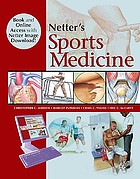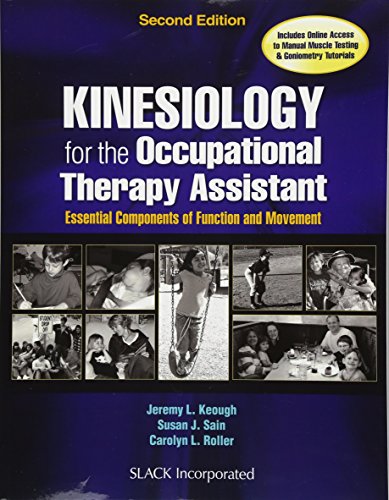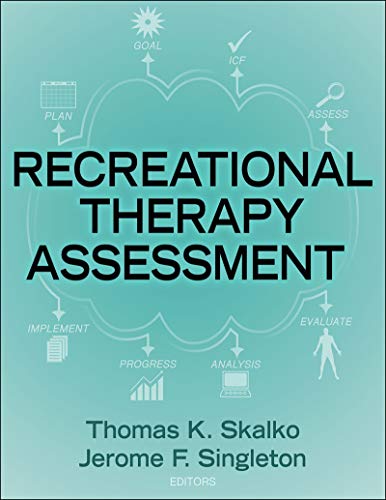-40%
Unraveling the Complexities of Kinesiology: A Comprehensive Guide to Musculoskeletal Anatomy and Function
Delving into the Skeletal System: A Framework of Support
Kinesiology, the science of musculoskeletal anatomy, movement, and dysfunction treatment, finds its foundation in the intricate skeletal system. This framework of bones and joints meticulously supports the body, enabling movement and protecting vital structures. The skeletal system, comprising both skeletal tissues and fascial tissues, plays a crucial role in the body’s overall mechanics.
Exploring the Joints: Junctions of Movement
The study of kinesiology delves into the complex joints of the body, revealing their diverse structures and functions. These junctions facilitate movement, acting as intricate hinges that allow the body to bend, flex, and rotate with remarkable precision. Understanding the mechanics of each joint is essential for comprehending the body’s movements and identifying potential dysfunctions.
Muscular Function: Movers, Antagonists, and Stabilizers
Muscles, the powerhouses of movement, are responsible for the body’s ability to move with grace and efficiency. Kinesiology examines the intricate functions of muscles, classifying them as movers, antagonists, and stabilizers. Movers initiate and control movement, while antagonists provide resistance and stabilize joints. Understanding the interplay between these muscle groups is vital for coordinated and balanced movement.
Clinical Applications: Translating Theory into Practice
Kinesiology extends beyond theoretical understanding, providing practical applications for clinical practice. Students are challenged to apply kinesiological concepts to real-life scenarios, enabling them to diagnose and treat musculoskeletal conditions effectively. Clinical applications empower healthcare professionals to make informed decisions and develop individualized treatment plans for their patients.
Enhancing Flexibility and Strength: Stretching and Exercise
Stretching techniques and strengthening exercises are integral components of kinesiology. Stretching promotes flexibility and range of motion, while strengthening exercises enhance muscle tone and endurance. Kinesiology provides a comprehensive overview of these techniques, emphasizing their benefits and proper execution.
Nervous System Control: Directing the Symphony of Movement
The nervous system plays a pivotal role in kinesiology, controlling and directing muscle movements. Understanding the intricate connections between the nervous and muscular systems is essential for comprehending the coordination of movement and identifying neurological disorders that may affect movement patterns.
Unique Features: Expanding Knowledge Horizons
A comprehensive atlas of bones, bony landmarks, and joints, illustrated with exceptional clarity, sets this book apart. This comprehensive coverage provides an unparalleled understanding of skeletal structures not found in other kinesiology texts.
Learning objectives at the start of each chapter provide a roadmap for students, outlining the key concepts, key terms, and pronunciations. Light-bulb and Spotlight boxes highlight practical applications, pathologic conditions, and clinical scenarios, further enriching the learning experience.
Finally, expanded coverage of fascia, an often-overlooked tissue, sheds new light on its critical role in movement, stability, and posture. This cutting-edge information offers a comprehensive exploration of the fascial system’s contributions to musculoskeletal function.
maybe you like these too:
- Mosby’s Stretching Pocket Guide, 1e (Original PDF from Publisher)
- Radiographic Atlas of Skeletal Maturation (ORIGINAL PDF from Publisher)
- The International Congress Of Parkinson and Movement Disorder 2022 (MDS Congress) (Videos)
- Clinical Kinesiology and Anatomy, 6th edition (Original PDF from Publisher)










Reviews
Clear filtersThere are no reviews yet.